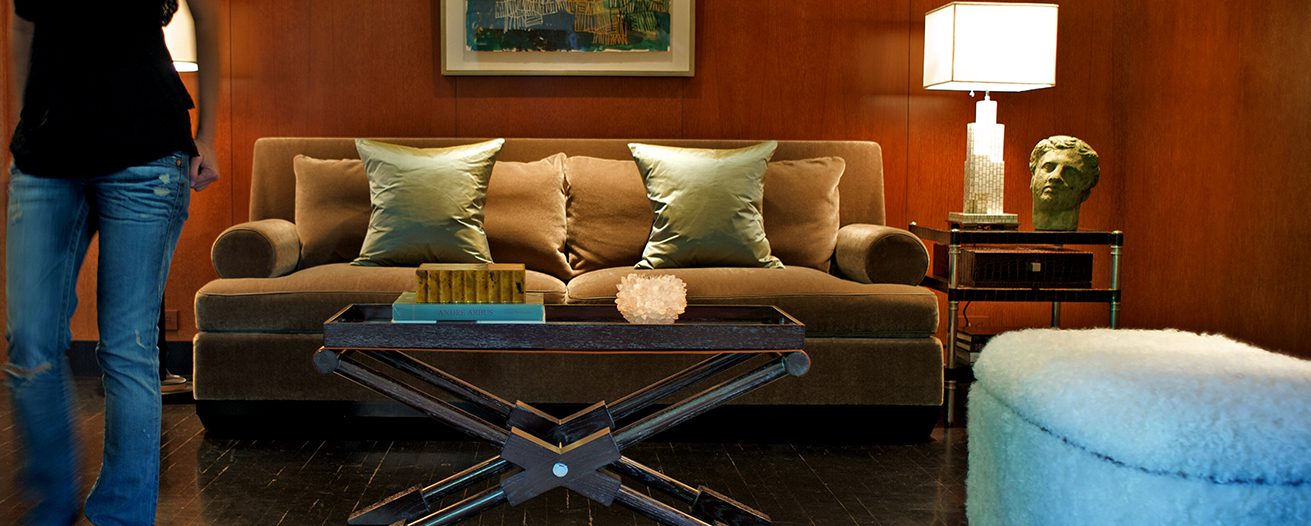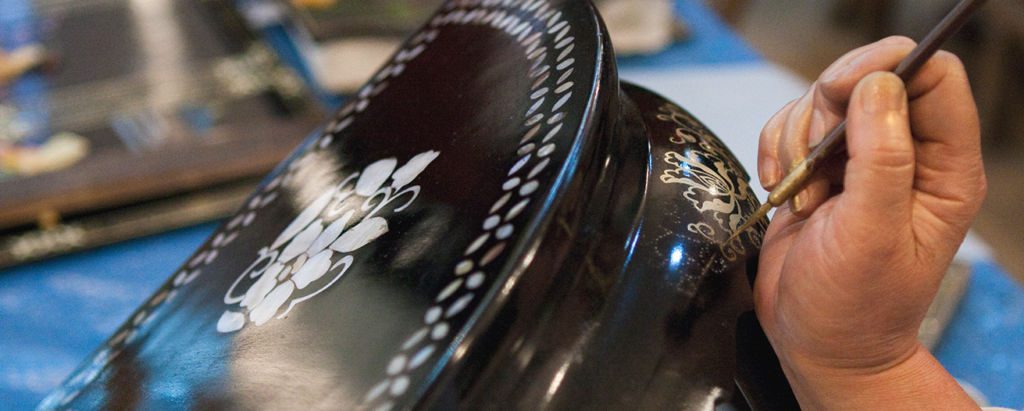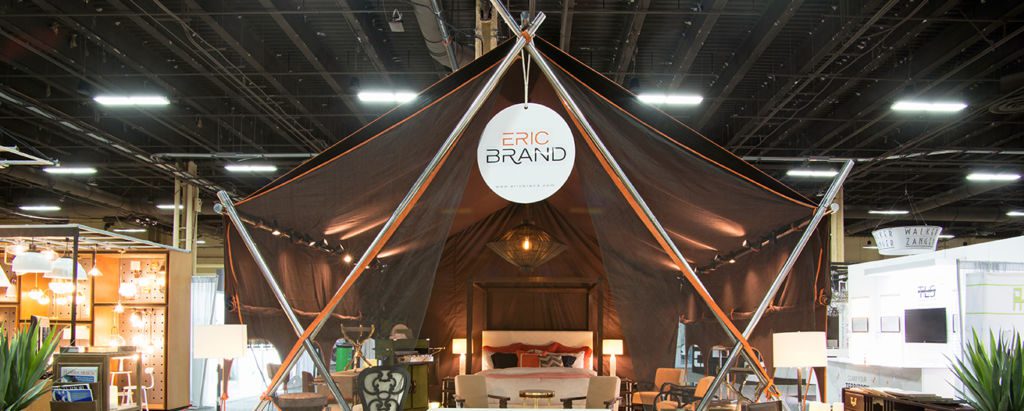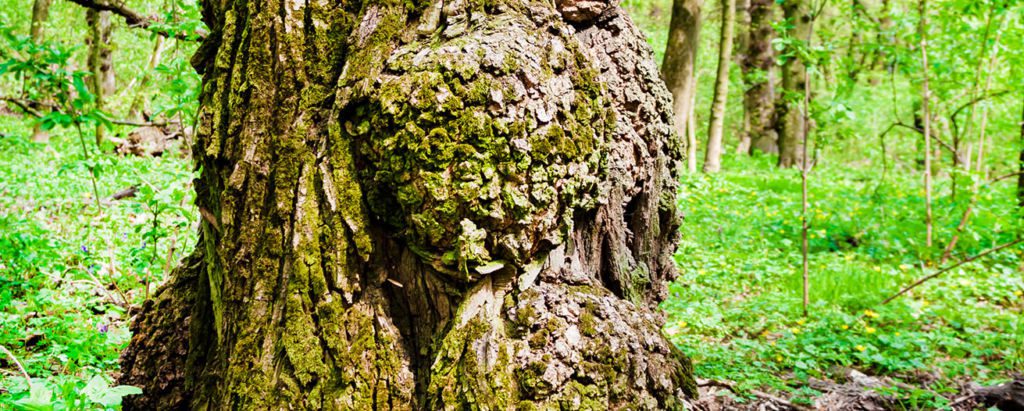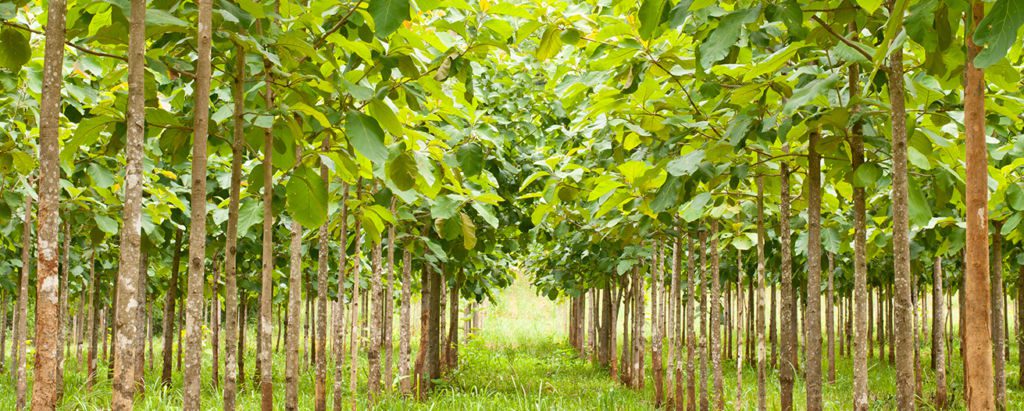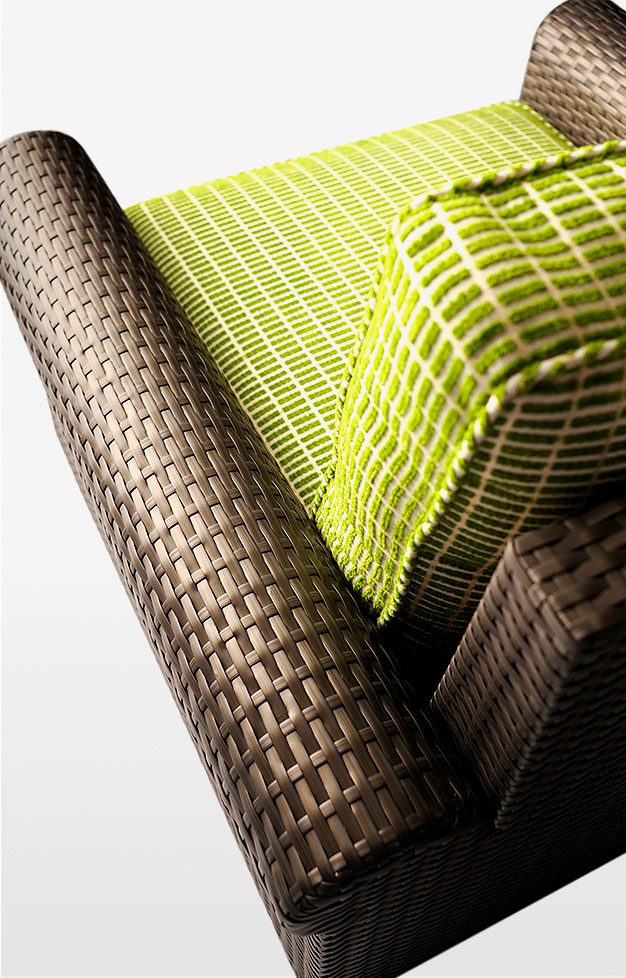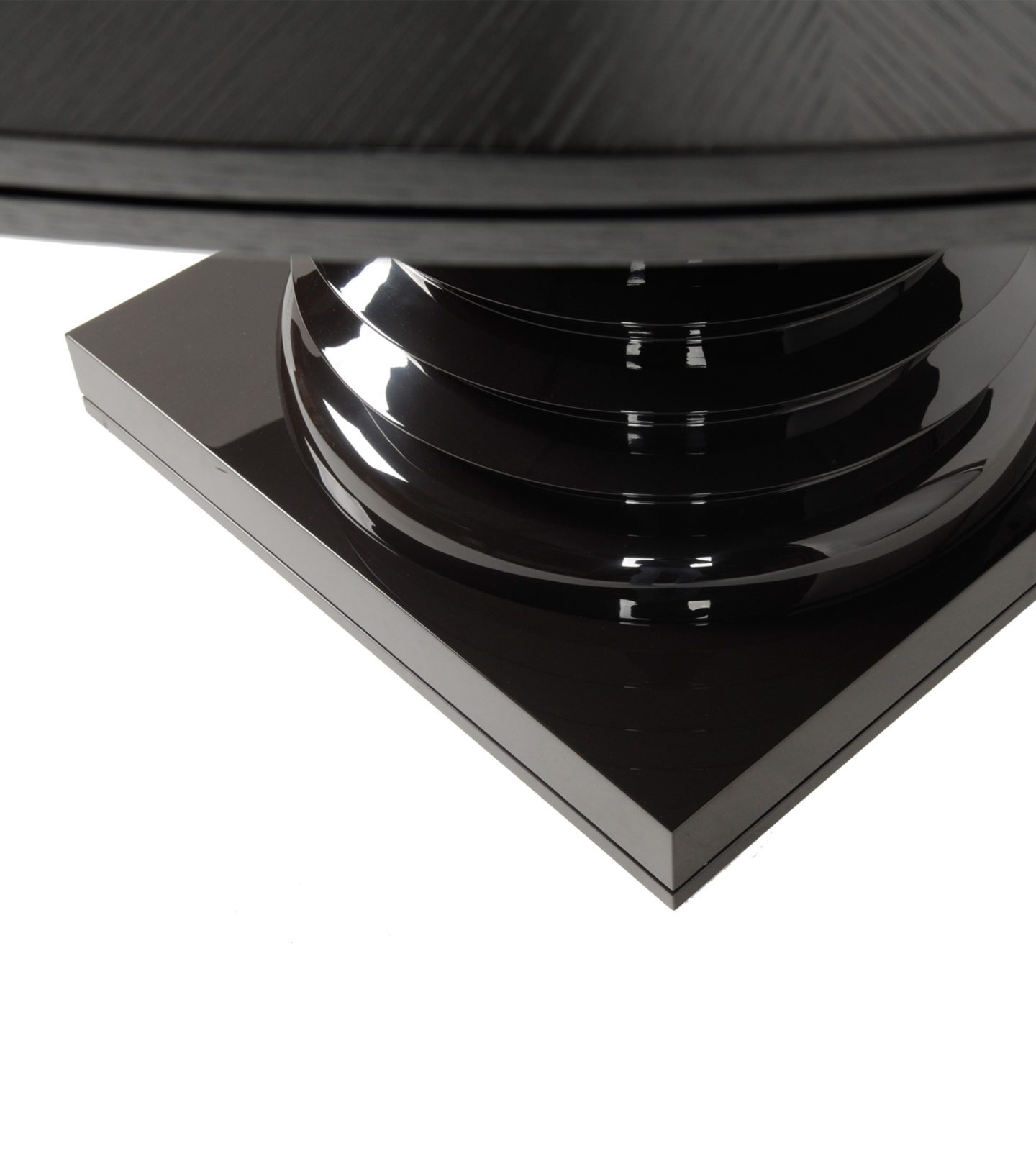Reduce, reuse, recycle. Reduce, reuse, recycle. This is the slogan imprinted on every plastic bag from a well-known, large grocery store chain. Thousands of these bags are distributed every day, making the slogan a familiar mantra urging each one of us to play our part for the environment. The irony is that these “environmentally unfriendly” bags are virtually everywhere, their ubiquity turning the mantra into something more resembling a platitude.
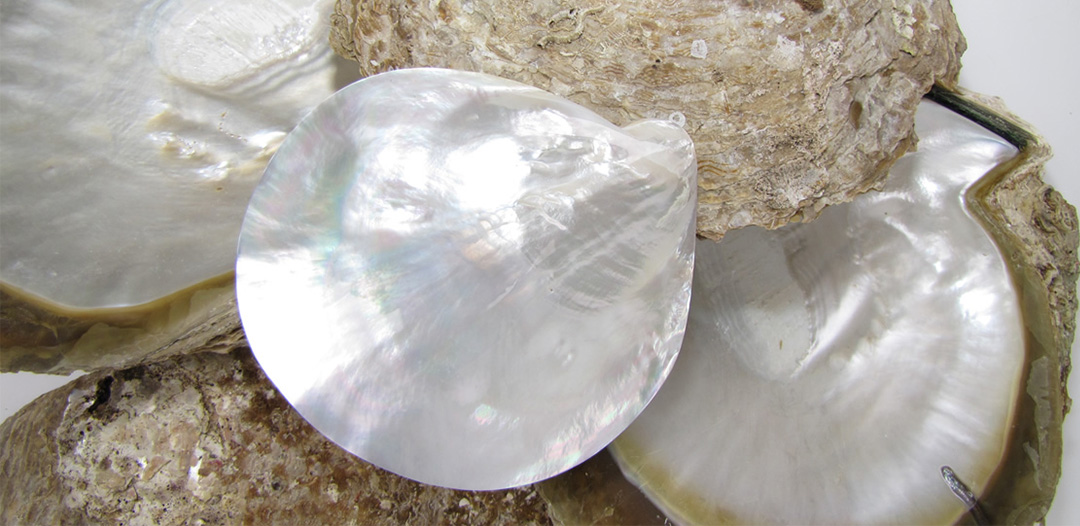
Nonetheless, it’s fair to say that recycling has become much more a routine of daily life than it was, say, two to three decades ago. We separate our trash, we carry reusable bags to the store, we have siloed garbage bins for pick-up. And what a wonderful development for the planet! No longer a need for public service ads with the animated owl pleading, “Give a Hoot, Don’t Pollute”. No longer “woke” to reduce, reuse, recycle – instead a common act in an average day.

This is not simply a “garbage day” phenomenon.
Recycled and reclaimed materials are now often found in furniture and home furnishing goods. Reclaimed teak wood is a great example of such a material.
The most prized teak wood comes from old-growth forests, which have largely been fully harvested, rendering such wood not only hard to come by, but also extremely expensive. Because of its durability and longevity, old-growth teak nonetheless survives intact in many structures and edifices no longer in use.
Throughout Southeast Asia, buildings ready for demolition may be clad in decades or even centuries-old teak. This wood has been reclaimed and utilized for hardwood flooring, made into shiplap for feature walls, and fashioned into tables, chairs, picture frames, and storage units. Thus, for economic, environmental, and aesthetic reasons, “new life” for old teak is a win-win scenario.
There is a common saying, “garbage in, garbage out”.
It applies well to the preparation and cooking of our meals. If you use mediocre ingredients, you get mediocre results. The same goes for one’s work product; if you don’t exert much effort, you’re unlikely to take home a reward.
But it is not a universal truth.
Take the following sampling of “garbage” materials elevated to much more, as proof from the home furnishings industry.
Cow bones. Yes, bones from cows slaughtered for their meat and hides are a leftover by-product and are generally discarded. Until recently, that was the end of the utility of the bone. However, in the Philippines, for one example, villagers have been taking it a step further by boiling down the bones until virtually all residue is removed. The resulting material can then be cut, carved, polished, and shaped to become a lustrous finished product. It has typically been used in jewelry making and small carved ornamentals. But when used as marquetry for furniture, the results are exquisite.
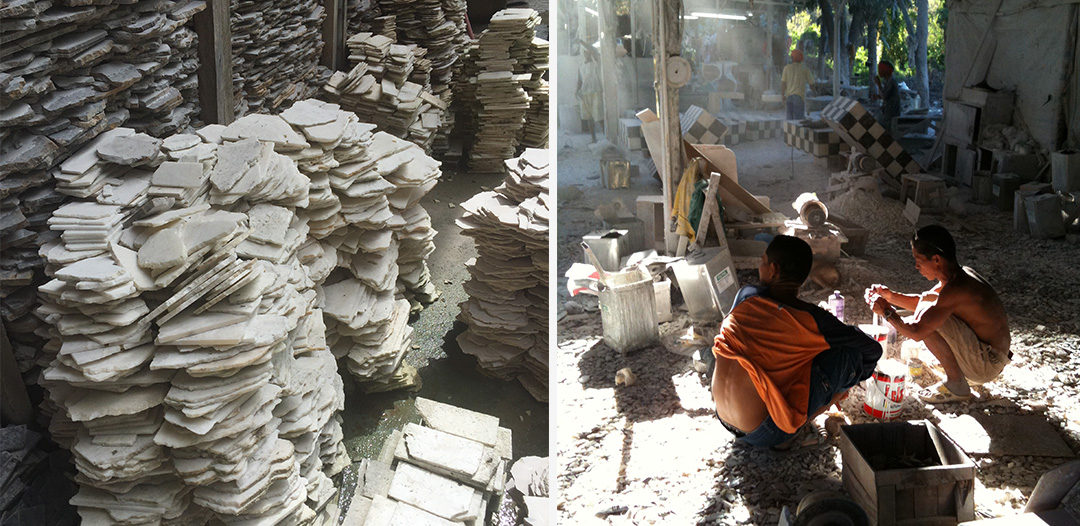
Pen shells, iridescent and beautiful in their own natural state, come from a large mollusk harvested as a food source throughout the Philippines. Again, the shells are routinely discarded. But artisans are collecting these shells, cleaning them up, and repurposing them for use in jewelry and home goods. Similar to Mother of Pearl, the pen shell is gorgeous when used as inlay or mosaic.

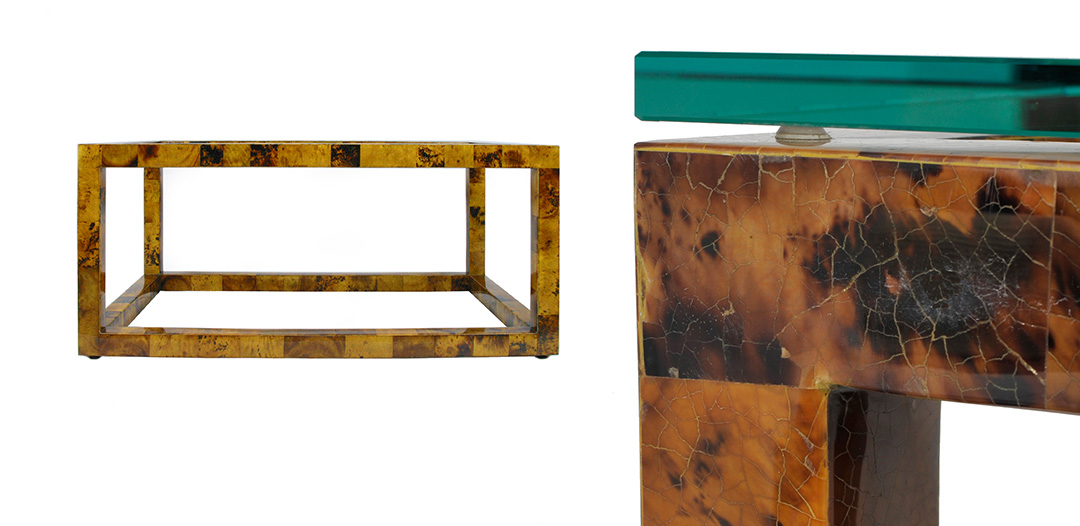
The shells can also be readily dyed, taking on the appearance of other gemstones.
Think of the satisfaction derived from owning a luxury piece of high art aesthetic whilst knowing that said piece was transformed from what would once have been debris. And that in this elevation of the materials, the process had also provided jobs, economic stimulus, and environmental benefits. How is that for value-added? Who wouldn’t want to be a part of this? Quite literally, trash to treasure. Or, put another way, from platitude, back to mantra.

